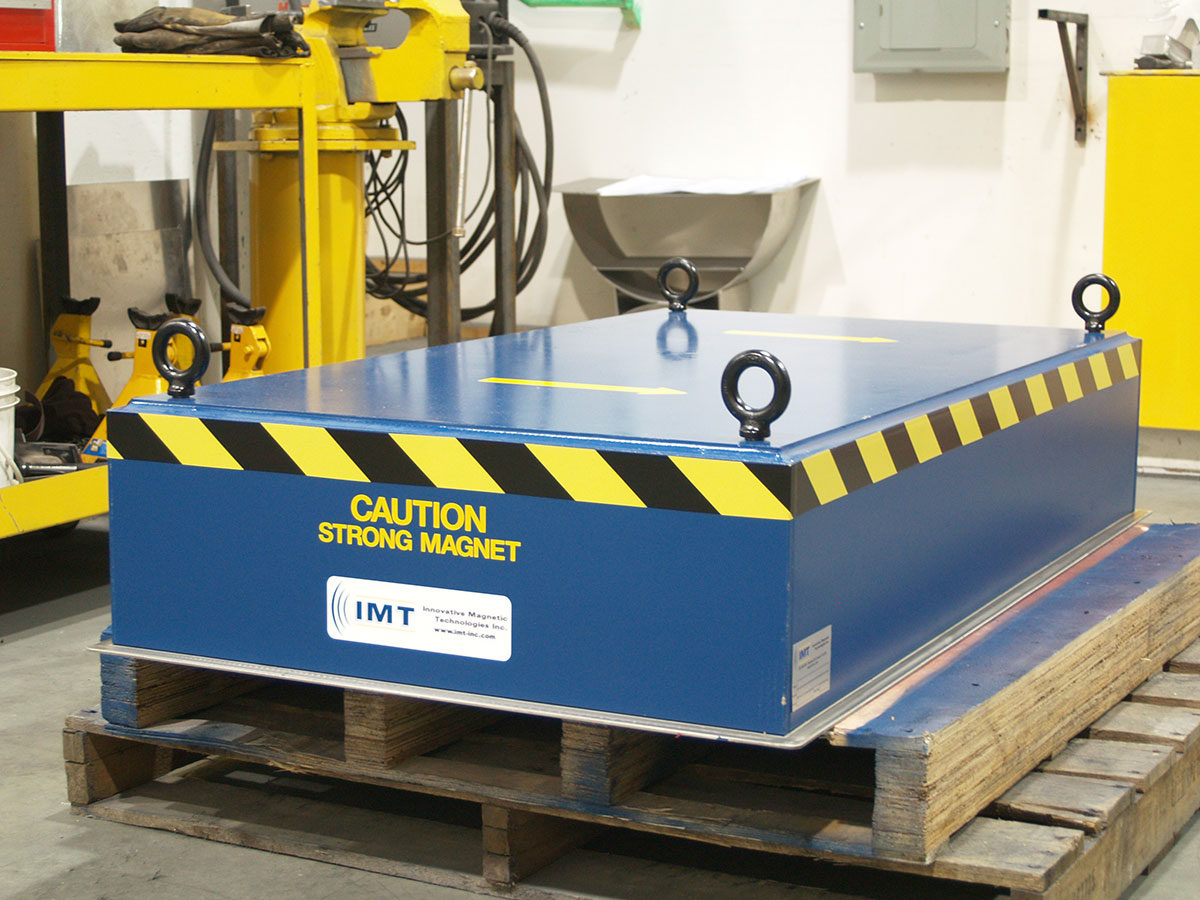As we all know, conveyor belts eventually wear out and have to be replaced. Here are answers to some of the common questions we get about conveyor belt replacement.
Q: What’s the process for replacing a conveyor belt?
-Properly store the replacement belt
– Transport the new conveyor belt to the installation location
– Unlace the old conveyor belt
– Install the new belt
– Adjusting the belt tension
– Lace the new belt
– Properly track the new conveyor belt
Q: How should a conveyor belt be stored when not in use?
A: When storing a conveyor belt, keep it in the original packaging or under a cover. Make sure the belt is stored in a dark, cool, dry place.
Q: How should I transport the conveyor belt?
A: First of all, don’t roll them. Gently place the belt on the ground, then hoist bars using a lift and spreader bar.
Q: What are the types of conveyor belt lacing?
A: Conveyor belt lacings include: alligator, plastic rivet, clipper, unibar, and bolt.
Q: Where do I adjust the tension on a conveyor belt?
A: Belt tension is usually adjusted at the take-up pulley or the last lacing point.
Q: What’s involved with tensioning a conveyor belt?
A: Make adjustments in small increments and equally on both sides of the take-up pulley, and ensure that the ends of the belts are lined up properly.

